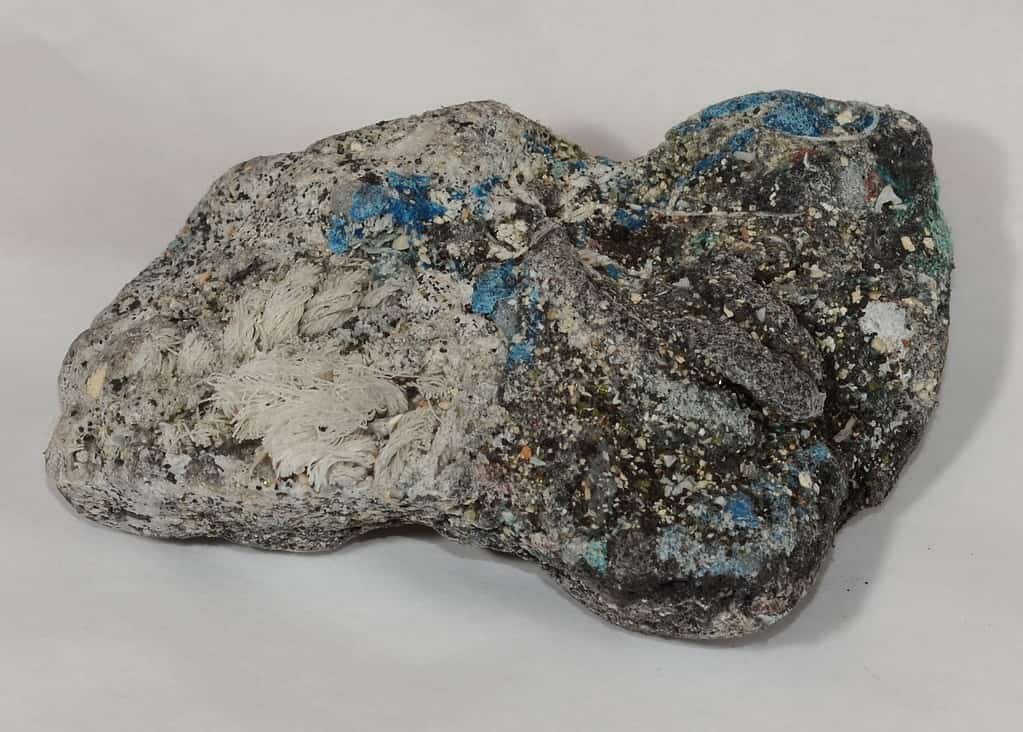Researchers have discovered a group of “rocks” made out of plastic on a remote island off the coast of Brazil. A similar finding had already been reported back in 2014 in Hawaii, as the melted plastic became intertwined with rocks. The researchers argue this is evidence of the human’s growing influence over the Earth’s geological cycles.

Although mis-popularized as a new rock type, the “plastic rock” is not actually a rock. It’s formally called plastiglomerate and is a new type of conglomerate made partially from plastic. They have similar textural characteristics to an actual rock, described for the first time in 2014 in Hawaii – formed from melting plastic in fires lit by humans.
Now, researchers have reported in an article for Reuters the discovery of these plastic rocks on Trindade, an island 1,1140 kilometers from the coast of Brazil. The island is one of the most important conservation spots for the endangered green turtle (Chelonia mydas). The only inhabitants aside from the turtles are members of the Brazilian navy.
The plastic rocks were found along the beach. They form as plastic debris washed ashore breaks down and mixes with the island’s volcanic rocks. The debris mainly comes from fishing nets, a common form of debris on the island, Fernanda Avelar Santos, one of the researchers behind the findings from the Federal University of Parana, told Reuters.
“We talk so much about the Anthropocene, and this is it,” Santos said referring to a proposed geological epoch defined by humans’ impact on the planet’s geology and ecosystems. “The pollution, the garbage in the sea and the plastic dumped incorrectly in the oceans is becoming geological material preserved in the earth’s geological records.”
The growing plastic problem
This discovery shows how extensive plastic pollution has become around the world. Most plastic ends up in landfills and a small amount is recycled, but about eight million tons of plastic enters the sea every year. Oceanic currents then distribute the plastic worldwide. This suggests that the plastic rocks might also be found in other locations.
Millions of animals are killed by plastics every year, with 700 species known to have been affected by plastics. Most deaths are caused by entanglement or starvation. Seals, turtles and other animals are strangled by fishing gear or six-pack rings. Microplastics have been found in more than 100 species that humans then eat.
The researchers in Brazil don’t know at this point how significant the plastic rocks may be to the environment. However, previous studies have shown that burned plastic can have a high concentration of potentially toxic elements, such as lead, derived from the pigments used to dye the plastic. This could be very bad news for the green turtles.
The study was published in the journal Marine Pollution Bulletin.






